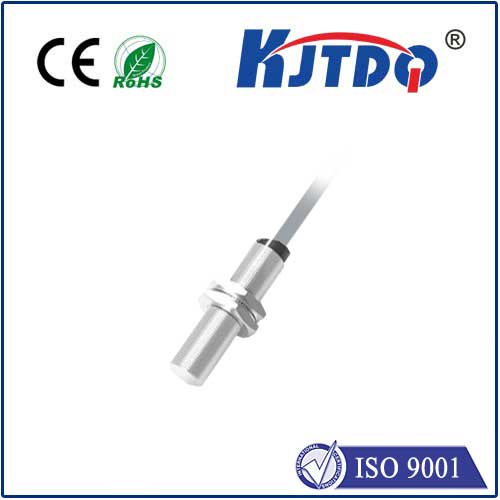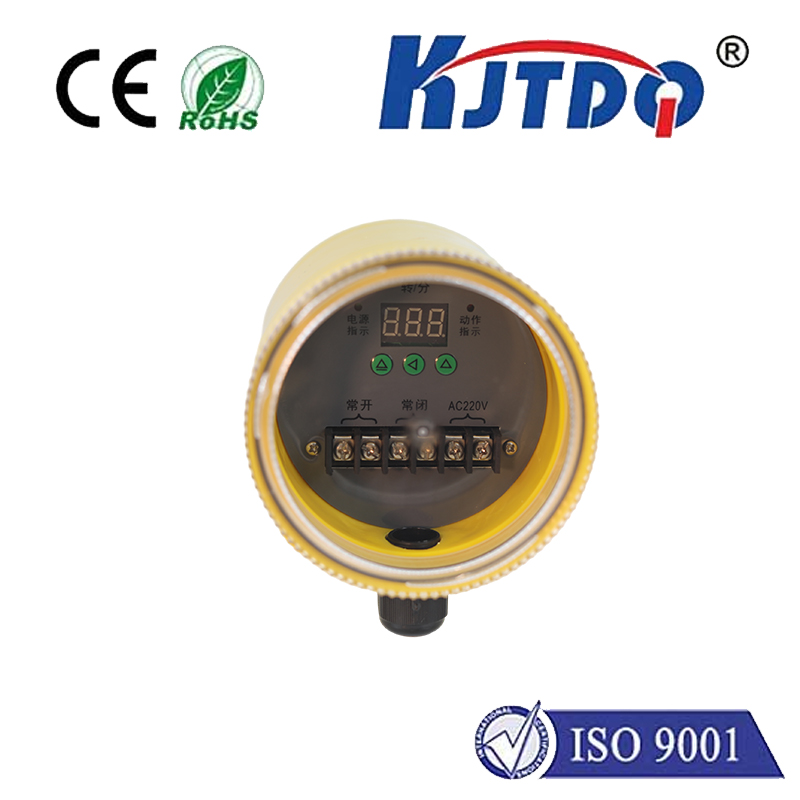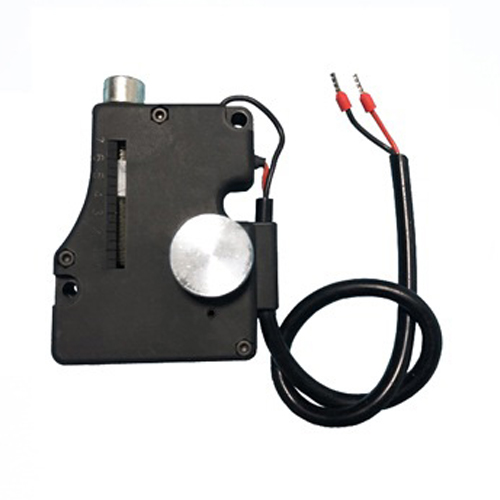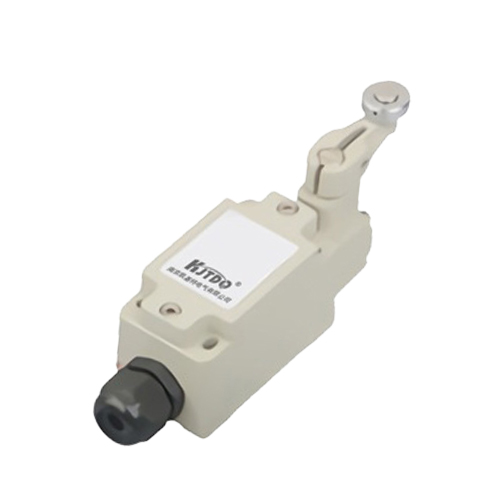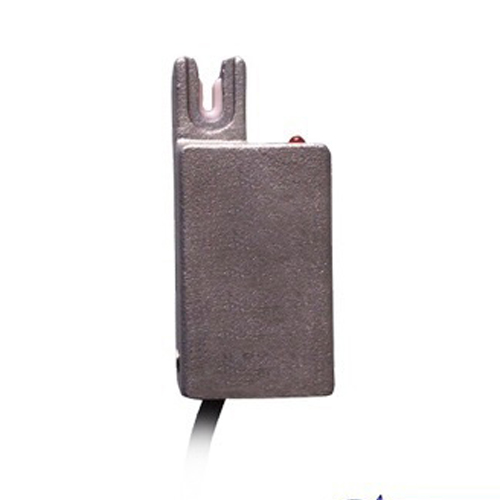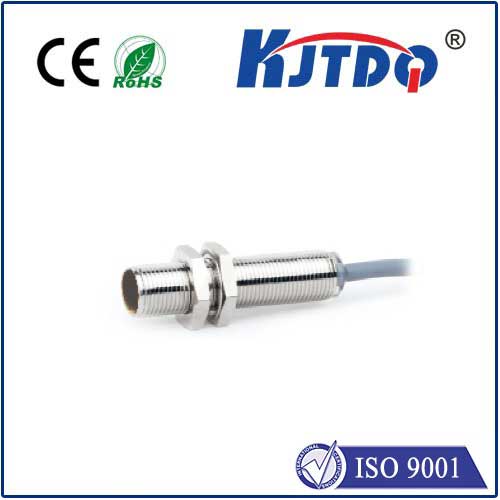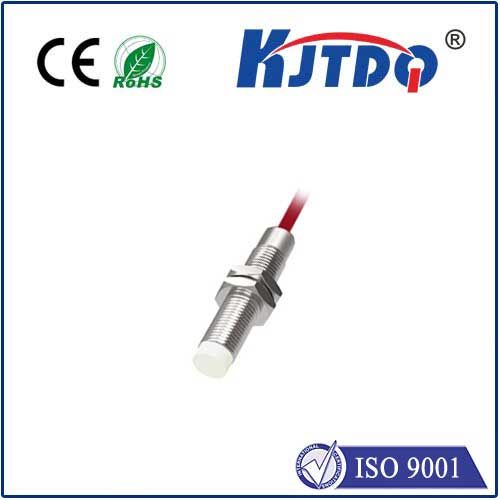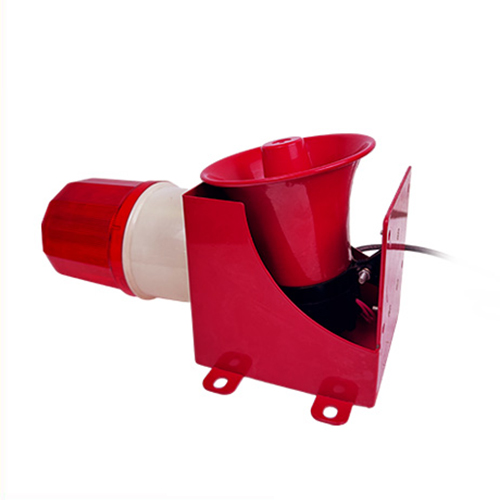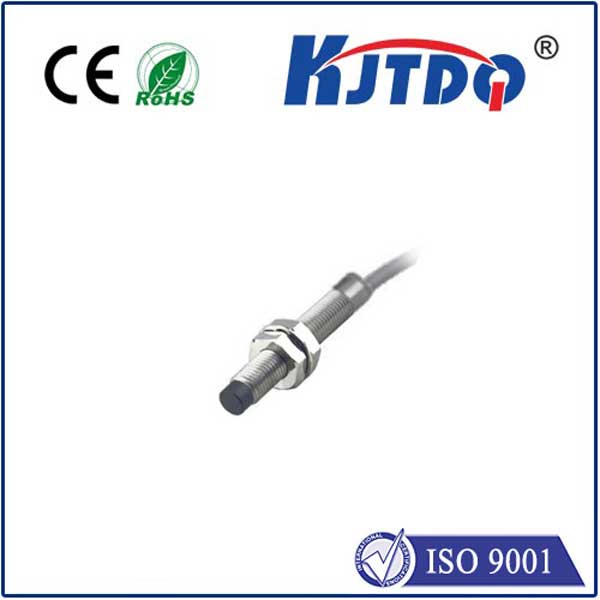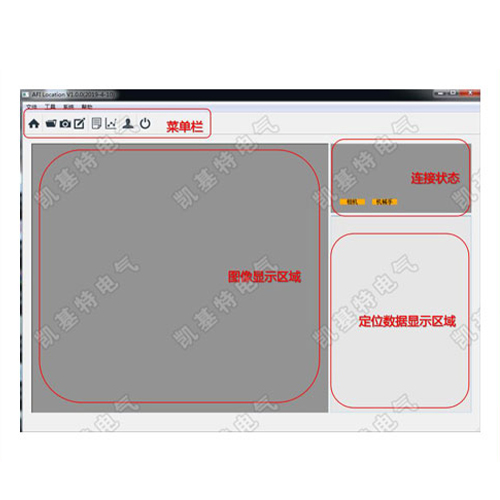laser pm sensor
- time:2025-08-29 02:12:27
- Click:0
Laser PM Sensors: Precision Particle Monitoring for a Cleaner Future
Title: Demystifying Laser PM Sensors: How Advanced Light Technology Measures Airborne Particles
Imagine knowing exactly what’s in the air you breathe – the invisible particles from car exhaust, factory emissions, or even everyday dust. Understanding and controlling airborne particulate matter (PM) is crucial for health, industrial processes, and environmental compliance. This is where laser PM sensors emerge as the technological powerhouse, offering unprecedented insight into the microscopic world around us. These sophisticated instruments harness the power of light to detect, count, and size particles with remarkable accuracy and speed, revolutionizing how we monitor air quality and ensure clean environments.
Understanding the “PM” and the “Laser”
- Particulate Matter (PM): This refers to a complex mixture of extremely small solid particles and liquid droplets suspended in the air. These particles are classified by their aerodynamic diameter – essentially how they behave when moving through air. Common classifications include PM10 (particles ≤ 10 micrometers), PM2.5 (≤ 2.5 µm, often linked to combustion), and PM1 (≤ 1 µm, capable of deep lung penetration). Monitoring PM levels is vital due to its significant impact on human health, environmental visibility (haze), climate effects, and sensitive manufacturing processes like semiconductor fabrication or pharmaceutical production.
- Laser Technology: At the heart of these sensors lies a focused light source – typically a laser diode. This laser emits a highly concentrated, coherent beam of light (usually in the near-infrared or visible spectrum, like 650nm or 780nm) within a precisely controlled optical chamber.
The Core Principle: Light Scattering
Laser PM sensors primarily operate on the principle of optical particle counting (OPC), specifically leveraging light scattering (also known as laser diffraction). Here’s a step-by-step breakdown of the process:

- Aerosol Introduction: The air sample containing particles is drawn into the sensor’s detection chamber using a small pump, ensuring a consistent flow rate.
- Laser Illumination: The focused laser beam crosses the path of the flowing air stream within this chamber.
- Particle Interaction: As individual particles pass through the intense laser beam, they interact with the light.
- Scattering Event: This interaction causes the light to scatter in many directions. The pattern and intensity of this scattered light are unique fingerprints determined by the particle’s size, shape, composition, and refractive index (how it bends light).
- Light Detection: Highly sensitive photodetectors (like photodiodes or photomultiplier tubes), strategically positioned at specific angles (commonly around 90 degrees to the laser beam), capture the scattered light pulses.
- Signal Processing: Each pulse of scattered light corresponds to a single particle passing through the beam. Sophisticated electronics analyze these pulses:
- The number of pulses indicates the particle concentration (e.g., particles per cubic centimeter or per cubic foot).
- The amplitude or intensity of each pulse correlates strongly with the particle’s size. Larger particles generally scatter more light, generating stronger electrical signals. By calibrating the sensor with particles of known sizes, the electronics can categorize particles into different size bins (like PM1, PM2.5, PM10).
- Data Output: The processed data is then provided in real-time, typically via digital interfaces (UART, I2C, Modbus) or analog outputs, showing particle counts within the predefined size ranges and often mass concentrations calculated using established algorithms.
Key Advantages of Laser PM Sensors
Compared to older gravimetric (filter-weighing) methods or simpler optical techniques, laser-based PM sensors offer compelling benefits:
- Real-Time Monitoring: They provide continuous, second-by-second data, crucial for detecting sudden pollution spikes, monitoring process control, or triggering ventilation systems instantly. This is a game-changer for dynamic environments.
- High Resolution & Accuracy: Capable of detecting particles down to 0.1 µm or smaller in advanced models, and distinguishing between different size fractions with greater precision.
- Compact Size and Portability: Leveraging modern laser diodes and electronics, these sensors are significantly smaller and lighter than older instruments, enabling integration into portable monitors, wearables, drones, and HVAC systems.
- Low Maintenance: Designed for continuous operation with minimal routine upkeep beyond occasional cleaning, especially those without filter elements.
- Cost-Effectiveness (Long-Term): While initial costs might be higher than simple sensors, the elimination of consumables (like filters), reduced labor, and the value of real-time data offer significant operational savings.
Applications: Where Laser PM Sensors Shine
The versatility of laser PM sensor technology drives its adoption across numerous fields:
- Indoor & Outdoor Air Quality (IAQ & AQ) Monitoring:
- Consumer Devices: Smart thermostats, air purifiers, portable monitors.
- Building Management Systems (BMS): Optimizing ventilation based on actual particle load.
- Urban Environmental Monitoring Networks: Tracking pollution hotspots and trends city-wide.
- Industrial Hygiene: Assessing worker exposure to dust, fumes, or aerosols.
- Industrial Process Control & Cleanrooms:
- Semiconductor Manufacturing: Monitoring air purity critical for chip fabrication (ISO Class 1-5 cleanrooms).
- Pharmaceutical Production: Ensuring sterile environments for drug manufacturing.
- Food & Beverage Processing: Controlling contamination risks.
- Powder Handling & Additive Manufacturing: Monitoring dispersion and potential hazards.
- Environmental Research & Compliance:
- Scientific studies on aerosol sources, transport, and climate effects.
- Regulatory compliance monitoring for stack emissions and ambient air quality standards.
- HVAC System Optimization: Ensuring filter efficiency and air handler performance by monitoring inlet and outlet particle levels.
Beyond Basic Counting: Advanced Capabilities
Modern particle matter sensors employing laser technology often incorporate advanced features:
- Multi-Channel Detection: Using detectors at multiple angles to gather more scattering data, improving size resolution and reducing compositional dependency (based on Mie Scattering Theory).
- Active Flow Control: Integrated pumps and flow sensors ensure consistent sample volume, critical for accurate concentration calculations.
- Temperature & Humidity Compensation: Algorithms adjust readings to account for environmental factors that can influence scattering characteristics.
- Advanced Algorithms: Machine learning and complex calibration techniques are increasingly used to enhance accuracy, estimate mass concentration from counts more reliably, and potentially identify particle types (though direct identification remains challenging).
Considerations and Limitations
While powerful, understanding limitations is key:
- Composition Ambiguity: Primarily measures size and concentration; determining what the particle is made of (e.g., dust vs. soot vs. pollen) solely from scattering patterns is difficult without additional techniques.
- Calibration & Standards: Accuracy relies heavily on proper calibration using traceable particle standards. Different calibration aerosols can yield slightly different responses.
- Humidity Effects: High humidity can cause hygroscopic particles to grow in size, potentially skewing size distribution readings unless compensated for.
- Concentration Limits: Very high concentrations can cause “coincidence errors” where multiple particles pass through the beam simultaneously, leading to undercounting. Advanced sensors incorporate coincidence correction algorithms.
The Future: Continuous Refinement
Laser PM sensor technology is constantly evolving. We are seeing trends towards even smaller form factors, lower power consumption (crucial for battery-operated devices), enhanced sensitivity for ultrafine particles, improved algorithms for better accuracy and compensation, and integration with other sensor types (like gas sensors) and IoT platforms for comprehensive environmental monitoring solutions. As laser technology






